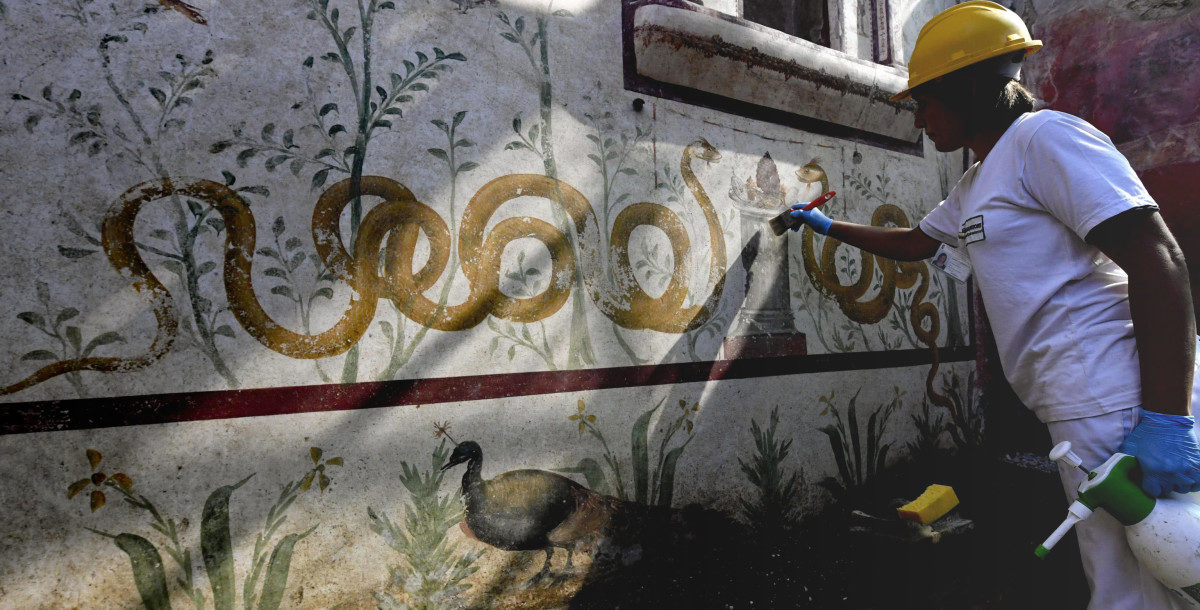
Archaeologists have discovered an elaborate, perfectly preserved shrine in the wall of a house in Pompeii, the ancient Roman city on Italy's western coast that was destroyed nearly 2,000 years ago by the deadly eruption of Mount Vesuvius.
As many as 30,000 people are believed to have died in that famous natural disaster in A.D. 79, many of them killed instantaneously as they tried to escape or shield themselves from the deadly volcanic flow.
The Roman writer Pliny the Younger watched the disaster from a distance, and described it in detail in letters found in the 16th century. As he tells it, the cloud of rock and gas "shot up to a great height in the form of a very tall trunk, which spread itself out at the top into a sort of branches," casting the towns around it, including Pompeii and Herculaneum, into shadow as dark as night.
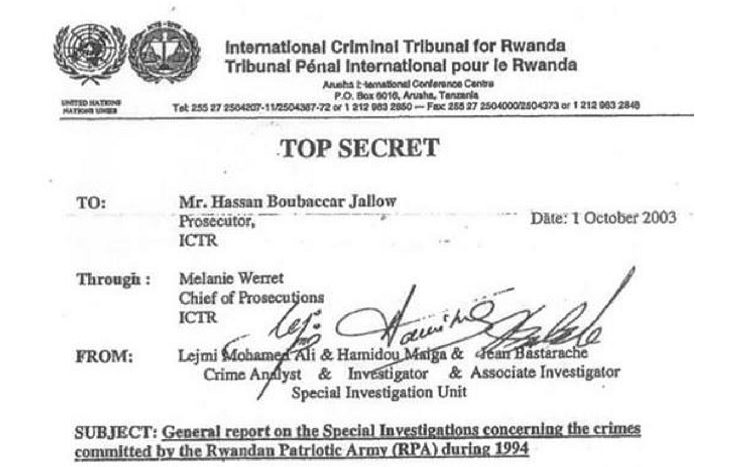
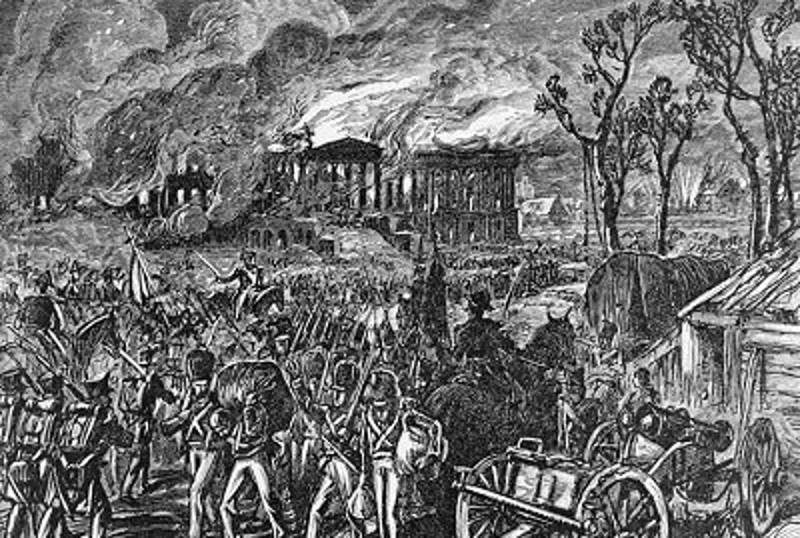
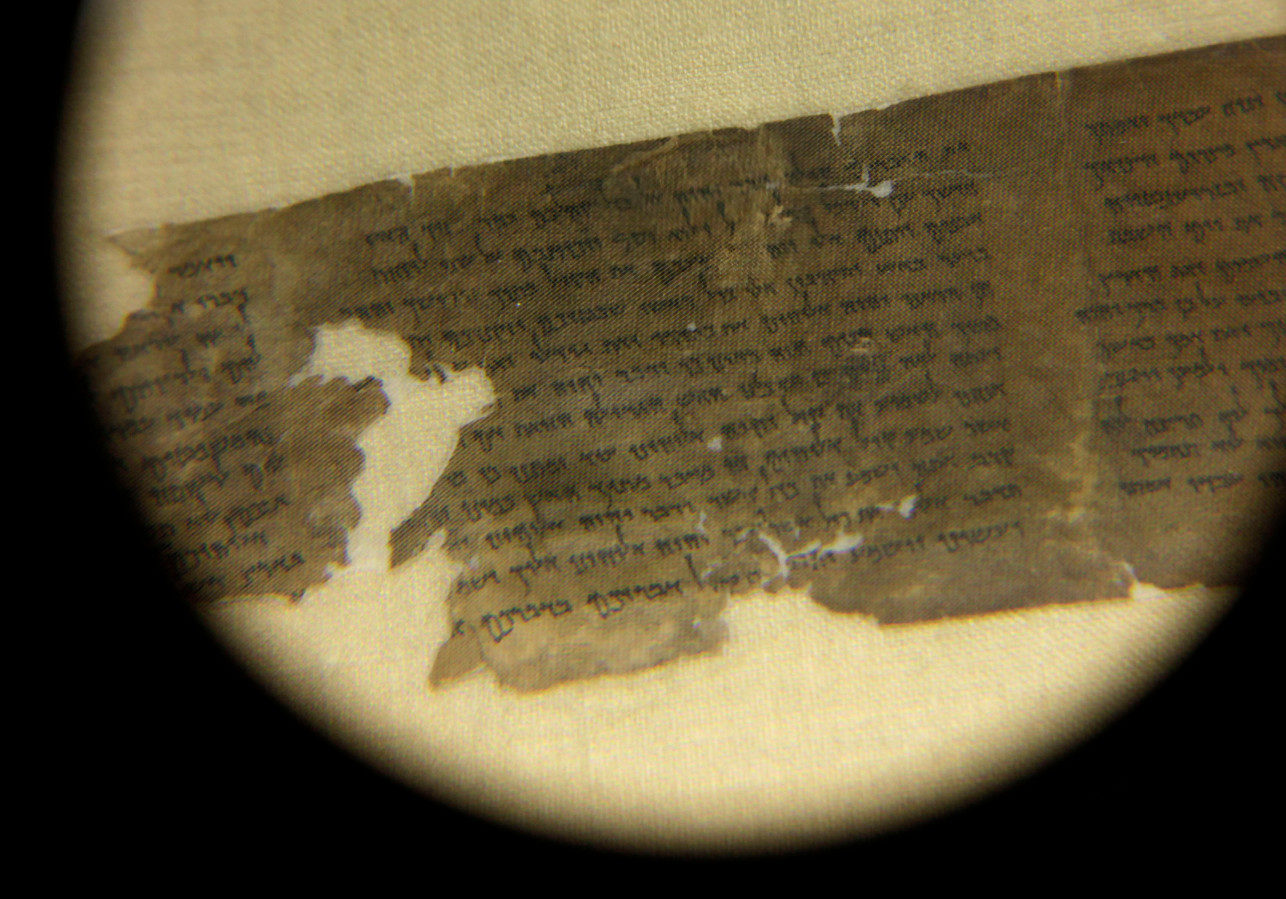




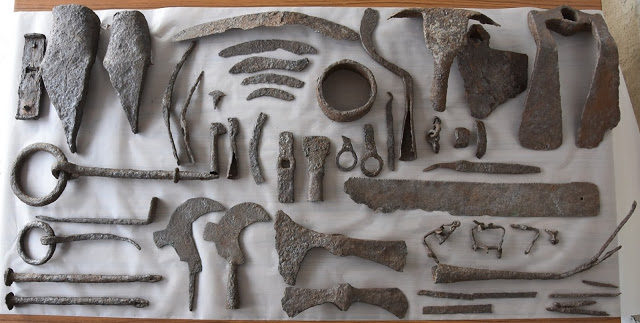
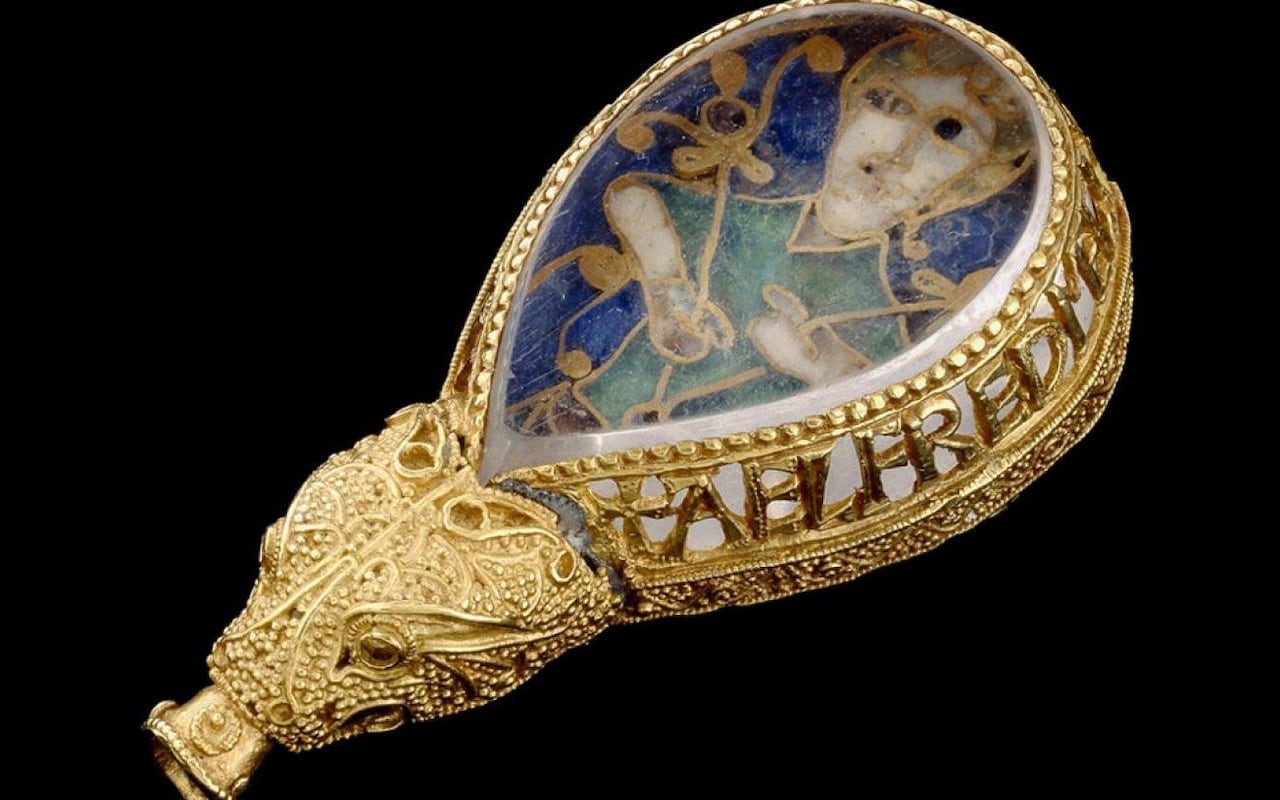



Comment: As noted in Judaism and Christianity - Two Thousand Years of Lies - 60 Years of State Terrorism: See also:
- Senior Israeli archaeologist casts doubt on Jewish heritage of Jerusalem
- 3,000 year old drawing of god found in Sinai could undermine our entire idea of Judaism
- Israel proven to be involved in grand theft of ancient Middle Eastern artefacts
- 'As important as the scientific discoveries of Darwin and Galileo': Linguist Francesco Carotta proves real identity of 'Jesus Christ' to be Julius Caesar
And for more fascinating insight into the true origins of Christianity, check out SOTT radio's: